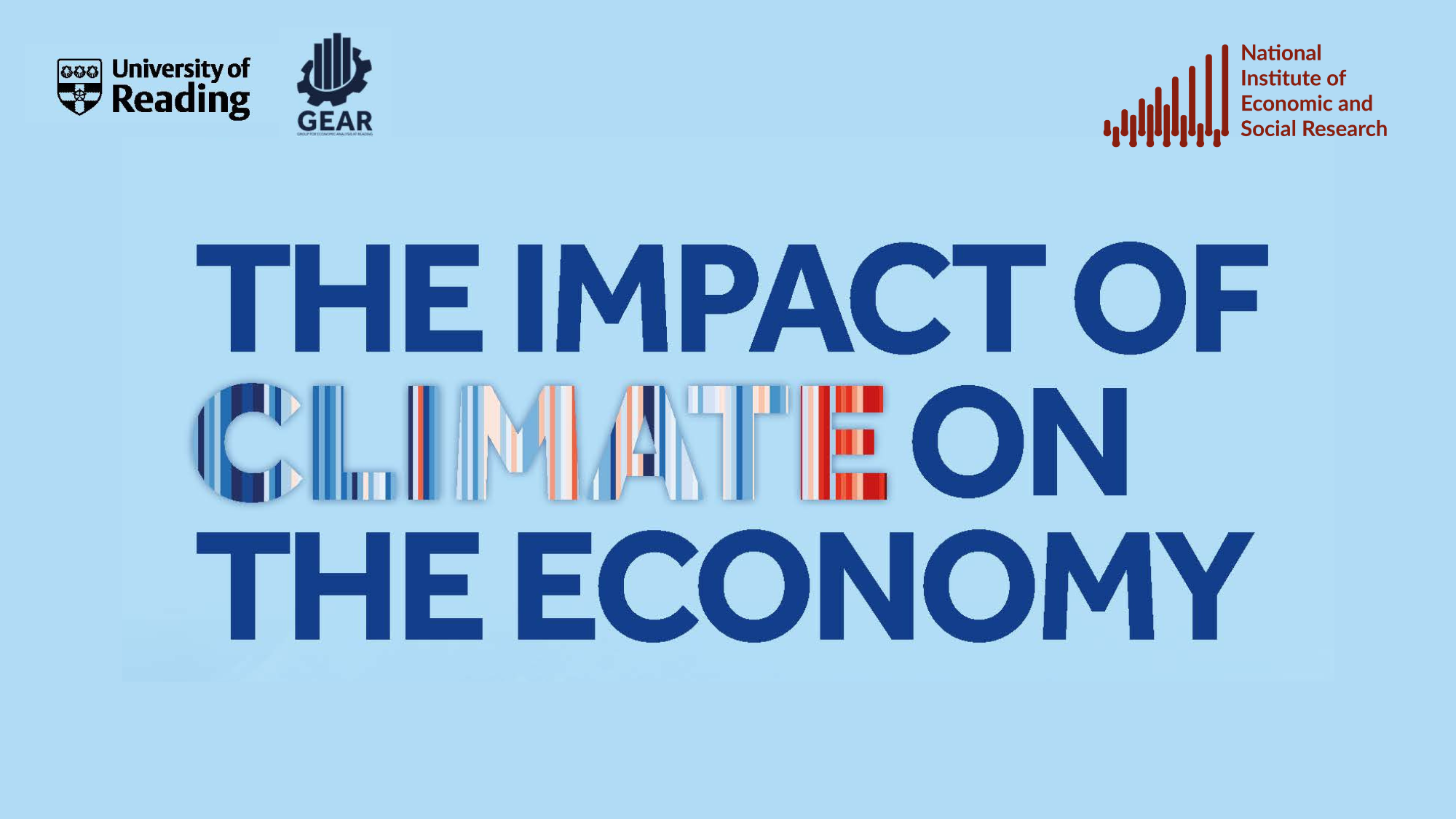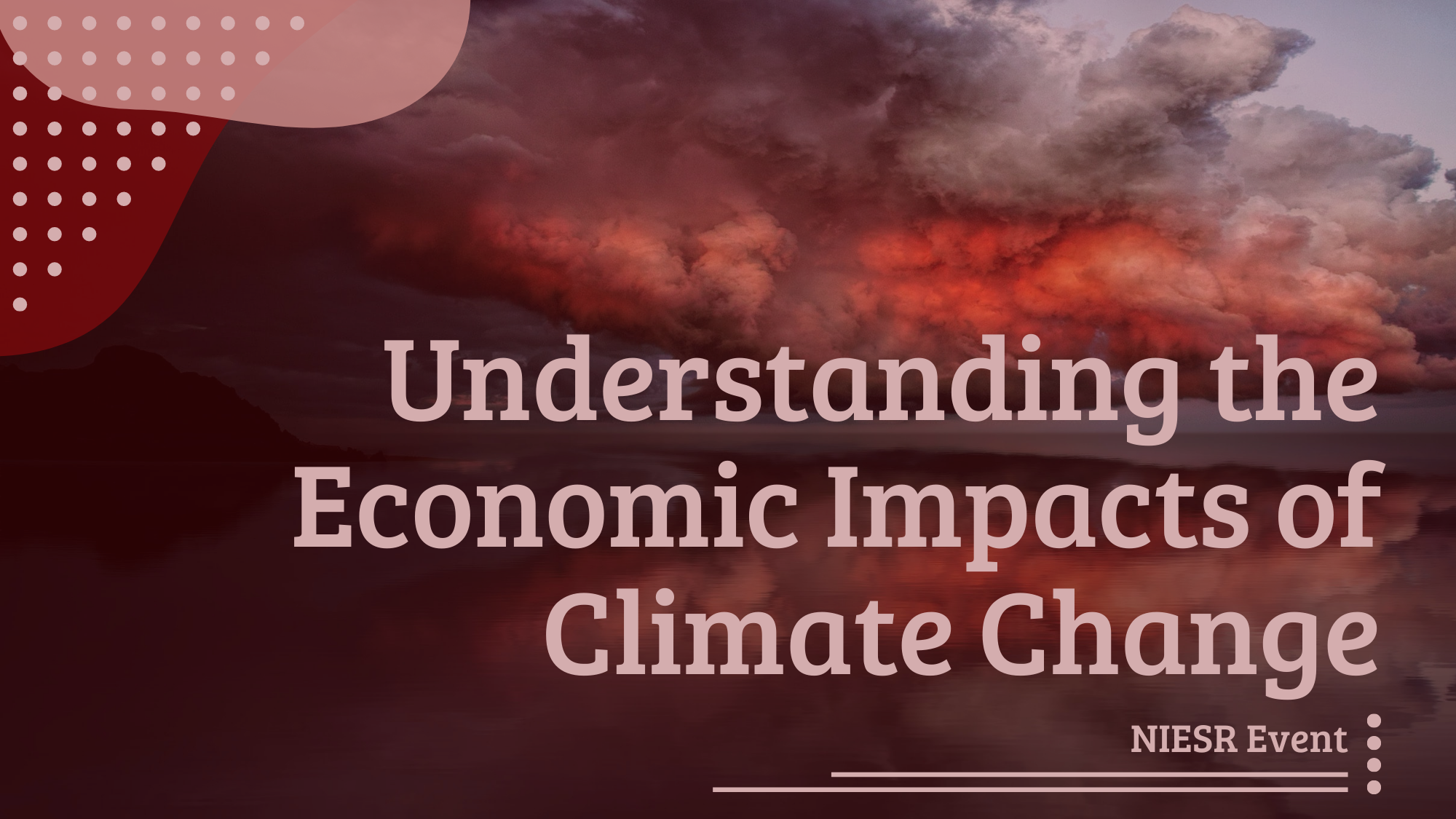Macroeconomic Effects of the Move to Net Zero
In this project, we plan to use various versions of a dynamic general equilibrium (DGE) model to assess the effects of the move towards net zero in the United Kingdom on productivity. We concentrate on modelling the move from carbon-emitting ‘brown’ capital to ‘green’ capital and focus on the transitional dynamics for output, consumption, productivity and the rate of interest. We do this at three time horizons: the short run (where brown and green capital are complements), the medium run (where brown and green capital are perfect substitutes) and the long run (where green investment has spillover effects on productivity).
 Project Status
Project Status
 Related Theme
Related Theme


Summary & aims
In this project, we plan to use various versions of a dynamic general equilibrium (DGE) model to assess the effects of the move towards net zero in the United Kingdom on productivity. We concentrate on modelling the move from carbon-emitting ‘brown’ capital to ‘green’ capital. We are particularly interested in the transitional dynamics for output, consumption, productivity and the real interest rate. The overall aim is to assess what the move to net zero will mean for productivity and the equilibrium real interest rate, r*.

Methodology
We use a calibrated DGE model of the UK economy (which we might estimate as part of the project) to examine the effects of the transition to net zero within the United Kingdom on UK output, consumption, productivity and real interest rates. We model the transition by assuming that carbon-emitting ‘brown’ capital is taxed in such a way as to ensure there is no new investment in it. Investment in green capital is either calibrated to the path of green investment proposed by the UK Climate Change Committee (CCC) or just left to be determined by the model. Either way, the green capital stock increases over time so as to gradually replace the falling brown capital stock.
Existing work by NIESR for the Network on Greening the Financial System has focussed on the increase in economic tail risk from climate change but this model allows us to focus on transitional dynamics at three time horizons: the short run (where we model brown and green capital as being complements within a CES production function), the medium run (where we assume output can be produced by either of two production technologies, one using brown capital and one using green capital) and the long run (where we use an ‘endogenous’ growth model in which green investment has spillover effects on productivity).
Having investigated the behaviour of productivity and other macro variables in response to the transition to net zero within each of the three models, we plan to bring the analysis together to produce some plausible paths for UK productivity over the next 20 years or so.
Researchers: Sandra Batten (Bank of England), Karen Mayhew (Bank of England) and Stephen Millard (NIESR)

Researchers



















